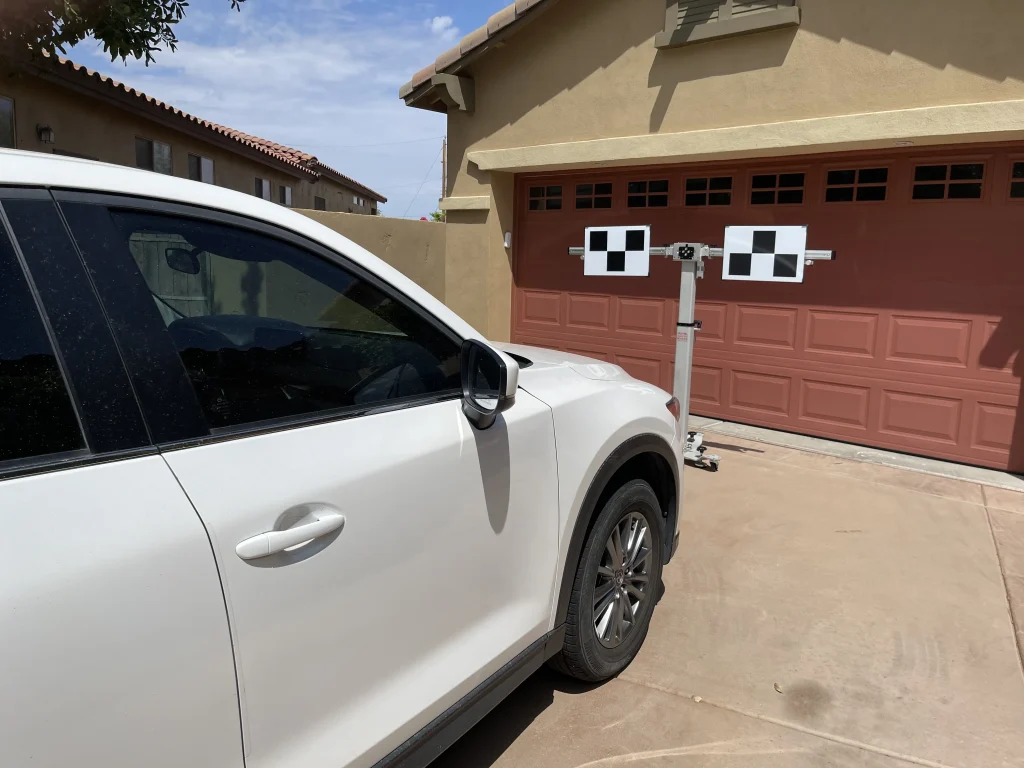Tires play an important role in vehicle safety and performance. One key aspect of tire selection is understanding the speed rating. The speed rating tire chart provides essential information for choosing the right tires for your vehicle. This article will explain the details of the speed rating tire chart, what it is, why it matters, and how to use it effectively.
What is a Speed Rating Tire Chart?
A speed rating tire chart is a reference tool that indicates the maximum speed a tire can safely sustain under specified conditions. This rating is represented by a letter or a combination of letters and numbers on the tire sidewall. Each letter corresponds to a specific speed, measured in kilometers per hour (km/h) or miles per hour (mph).
Why is the Speed Rating of the Tire Important?
The speed rating is vital for several reasons:
- Safety: Tires with an appropriate speed rating ensure your vehicle can handle the maximum speed without risking tire failure.
- Performance: Using tires with the correct speed rating can improve handling, especially at higher speeds.
- Legal Compliance: Some regions have regulations requiring vehicles to have tires with a specific minimum speed rating.
How to Read the Speed Rating on a Tire
The speed rating is usually found at the end of the tire size code on the sidewall. For example, in the “225/50R17 94V” tire size, the “V” represents the speed rating. Here’s a breakdown of common speed ratings and their corresponding speeds:
- L: 120 km/h (75 mph)
- M: 130 km/h (81 mph)
- N: 140 km/h (87 mph)
- P: 150 km/h (93 mph)
- Q: 160 km/h (99 mph)
- R: 170 km/h (106 mph)
- S: 180 km/h (112 mph)
- T: 190 km/h (118 mph)
- U: 200 km/h (124 mph)
- H: 210 km/h (130 mph)
- V: 240 km/h (149 mph)
- W: 270 km/h (168 mph)
- Y: 300 km/h (186 mph)
Choosing the Right Speed Rating for Your Vehicle
Selecting the right speed rating involves considering several factors:
1. Manufacturer Recommendations
Always refer to your vehicle’s owner’s manual. We also know that Manufacturers recommend specific tire ratings for optimal performance and safety, but using a tire with a lower speed rating than recommended can compromise vehicle handling and safety.
2. Driving Habits
Consider your driving style and conditions. A higher-speed-rated tire might be necessary if you frequently drive at high highway speeds. For city driving or lower speed limits, a lower-speed-rated tire can suffice.
3. Load Carrying Capacity
Speed ratings are linked to load ratings. Ensure the tires you choose can handle the weight of your vehicle and its load. Overloading tires can lead to premature wear and potential blowouts.
4. Climate and Road Conditions
Tire performance can vary in regions with extreme weather conditions, such as high heat or cold. Choose a tire with a speed rating that can handle these conditions effectively.
Common Misconceptions about Speed Ratings
There are several misconceptions about speed ratings that need clarification:
Higher Speed Ratings Mean Better Tires
A higher speed rating does not necessarily mean a better tire. It indicates that the tire can handle higher speeds but does not account for other factors like tread life, comfort, or traction.
All Tires Must Match the Vehicle’s Top Speed
Tires should match the vehicle’s recommended speed rating, not necessarily its top speed. A tire with a V or H rating may be appropriate if a car can reach 240 km/h but is mainly driven at lower speeds.
Mixing Different Speed Ratings
Mixing tires with different speed ratings is possible, but it’s not recommended. This can lead to uneven handling and unpredictable performance, especially at higher speeds.
Practical Tips for Using the Speed Rating Tire Chart
Regular Maintenance
Regular tire maintenance is crucial for safety and longevity. Check tire pressure monthly, ensure proper alignment, and rotate tires according to the manufacturer’s guidelines.
Replace Worn-Out Tires
Replace tires that show wear and tear, such as low tread depth or visible damage. Worn-out tires can compromise safety, regardless of their speed rating.
Seasonal Tires
Consider using seasonal tires if you live in an area with significant weather changes. Winter tires with a suitable speed rating provide better traction in snow and ice, while summer tires perform well in warm conditions.
Consult a Professional for Speed Rating Tire Chart
When in doubt, consult a tire professional. They can help you understand the speed rating tire chart and recommend the best tires for your vehicle and driving needs.
At the End of the Speed Rating Tire Chart
Understanding the speed rating tire chart is essential for choosing the right tires for your vehicle. It ensures safety, performance, and compliance with legal requirements. You can select tires that meet your needs by considering manufacturer recommendations, driving habits, load capacity, and climate. Regular maintenance and timely replacement further ensure that your tires perform optimally. Always consult a professional if you have doubts or questions about your tire selection.
With this knowledge, you can confidently navigate the speed rating tire chart and make informed decisions that enhance your driving experience.
The size of the global automotive tire market is forecast to grow between 2022 and 2027.
FAQ’s About Speed Rating Tire Chart
Question 1: What is a tire speed rating?
Answer: A tire speed rating is a letter code on the sidewall of your tire that indicates the maximum speed the tire is designed to handle for extended periods safely. It’s not a recommended speed, but a limit. Exceeding the speed rating can lead to tire failure.
Question 2: How do I find the speed rating on my tire?
Answer: Look for the tire size information on the sidewall. The speed rating will be a letter following the load index (a number). For example, a P225/55R16 95H tire has a speed rating of H.
Question 3: What does the tire speed rating chart look like?
Answer: There isn’t a single universal chart, but most tire speed ratings follow an alphabetical order. So, a tire with an S rating (180 mph) is generally good for higher speeds than a tire with an H rating (130 mph). However, there are exceptions, like ratings W and Y exceeding Z in maximum speed.
Question 4: Should I replace my tires if they don’t match the car’s speed rating?
Answer: Yes. Using tires with a speed rating that meets or exceeds your car’s capabilities is important. Using tires with a lower rating can be dangerous. Consult your car’s owner’s manual or a tire professional for the recommended speed rating for your vehicle.
Read More:




























